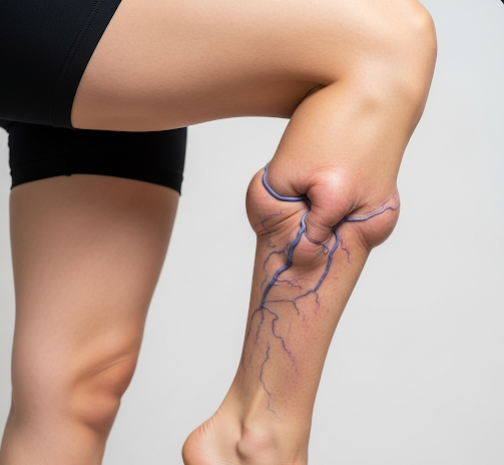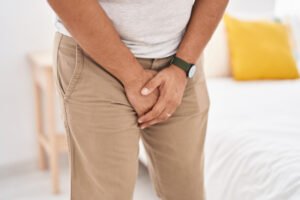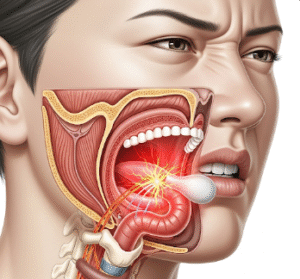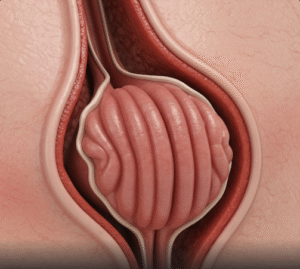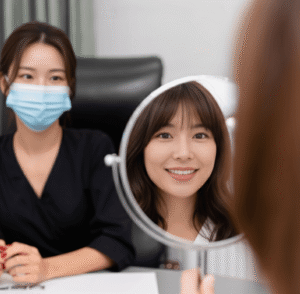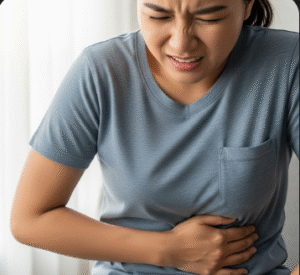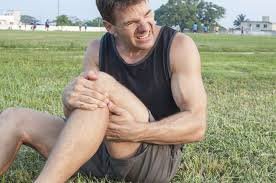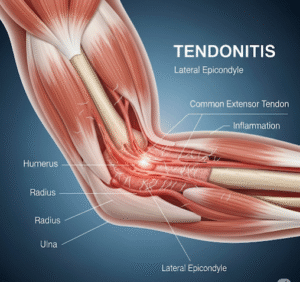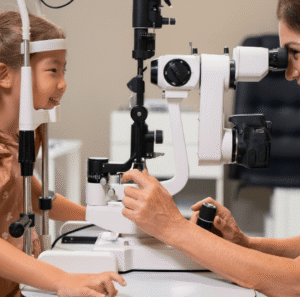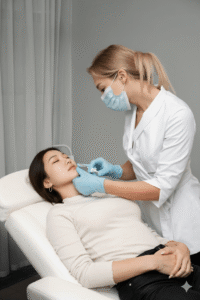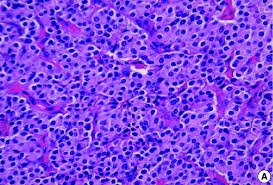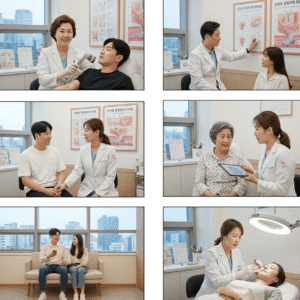Overview
Varicose veins are enlarged, twisted veins that most commonly appear in the legs and feet. They occur when the valves inside veins fail to function properly, causing blood to pool and veins to stretch. While often a cosmetic concern, varicose veins can also cause discomfort, pain, and in severe cases, complications such as ulcers or blood clots. In South Korea, advanced treatment options are available to relieve symptoms, improve appearance, and prevent further vein damage.
What is Varicose Veins?
Varicose veins develop when the one-way valves in veins that help blood flow toward the heart become weak or damaged. This leads to backward blood flow (venous reflux), which increases pressure in the vein and causes it to enlarge and twist. They are most common in the legs because standing and walking increase pressure in the lower body veins.
Symptoms
- Dark purple or blue bulging veins, often rope-like in appearance
- Aching, heavy feeling in the legs
- Swelling in the lower legs or ankles
- Burning, throbbing, or cramping in the legs
- Itching around affected veins
- Skin discoloration or thickening in severe cases
- Worsening symptoms after long periods of standing or sitting
Causes
- Weak or damaged vein valves
- Increased pressure in the veins due to standing or sitting for long periods
- Hormonal changes (pregnancy, menopause, hormonal therapy)
- Aging, which naturally weakens vein walls and valves
- Obesity, which increases pressure in the leg veins
- Genetic predisposition
Risk Factors
- Family history of varicose veins
- Age over 50
- Female gender (hormonal influences)
- Pregnancy (increased blood volume and hormonal changes)
- Occupations requiring prolonged standing (teachers, nurses, retail workers)
- Obesity or overweight status
- Sedentary lifestyle
Complications
If untreated, varicose veins can lead to:
- Chronic venous insufficiency
- Leg ulcers (especially near the ankles)
- Blood clots (superficial thrombophlebitis or deep vein thrombosis)
- Skin changes such as eczema or pigmentation
- Persistent leg pain and swelling
Prevention
- Maintain a healthy weight to reduce vein pressure
- Exercise regularly to improve circulation
- Elevate legs periodically to aid blood flow
- Avoid standing or sitting for extended periods
- Wear compression stockings to support vein function
- Avoid tight clothing around the waist and legs
Treatment Options in Korea
South Korea offers cutting-edge, minimally invasive treatments for varicose veins, including:
- Endovenous laser treatment (EVLT) – Laser energy is delivered through a catheter to seal off damaged veins
- Radiofrequency ablation (RFA) – Heat energy is used to close diseased veins with minimal discomfort
- Sclerotherapy – Injection of a solution that scars and closes small to medium varicose veins
- Ambulatory phlebectomy – Removal of surface veins through tiny skin punctures
- Compression therapy – Medical-grade stockings to improve circulation and relieve symptoms
- Ultrasound-guided diagnosis – Advanced imaging to map vein function and guide precise treatment
- Post-treatment care programs – Korean vein clinics provide lifestyle counseling and follow-up care to prevent recurrence

